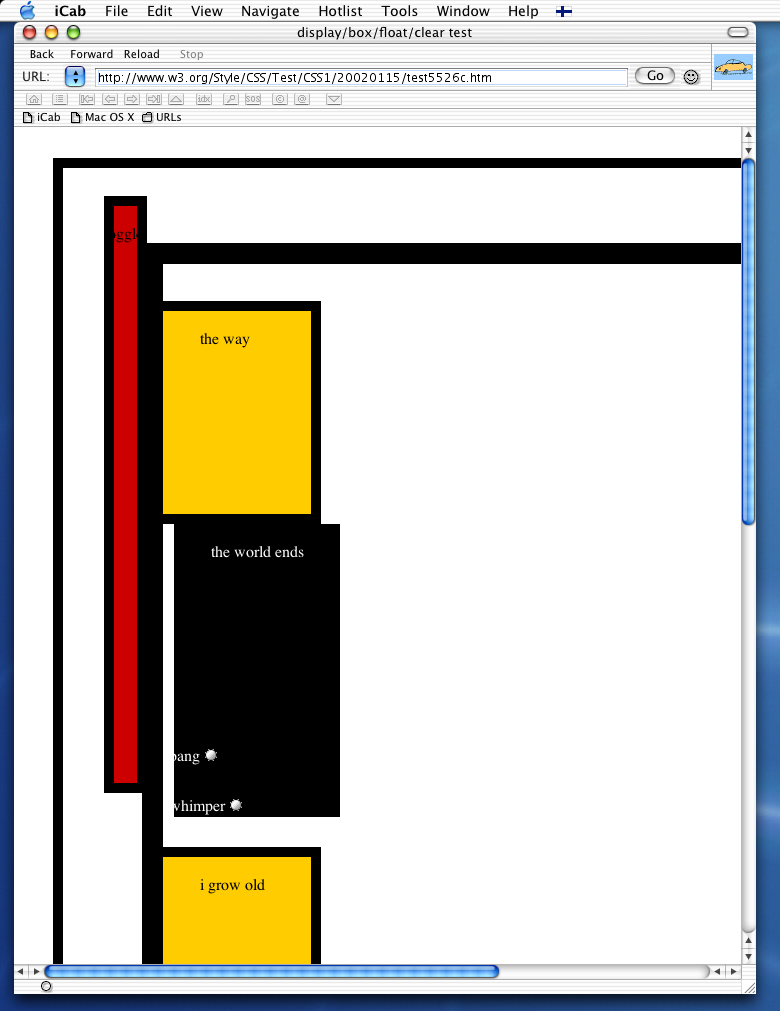

Cyclotron instabilities and electromagnetic emission in the ultra low frequency and very low frequency ranges. Energetic electron precipitation: Multievent analysis of its spatial extent during EMIC wave activity. Effects of polarization reversal on the pitch angle scattering of radiation belt electrons and ring current protons by EMIC waves. Sensitivity of EMIC wave-driven scattering loss of ring current protons to wave normal angle distribution. Resonant scattering of central plasma sheet protons by multiband EMIC waves and resultant proton loss timescales. B., Liang, J., Xiang, Z., Wang, Q., Shi, R., Gu, X. Persistent EMIC wave activity across the nightside inner magnetosphere. Observational test of local proton cyclotron instability in the Earth’s magnetosphere.
#OMNIWEB COMPARISON PC#
A statistical study of Pc 1-2 magnetic pulsations in the equatorial magnetosphere: 2. A statistical study of EMIC waves observed by Cluster: 2. A statistical study of EMIC waves observed by Cluster: 1. Evaluation of quasi-linear diffusion coefficients for EMIC waves in a multispecies plasma. This is probably because the H-band EMIC waves contribute to the proton scattering loss primarily at E < 10 keV, an energy range that is not strongly affected by the polarization reversal.Īlbert, J. Additionally, the global ring current intensity and proton precipitation may be slightly affected by the polarization reversal, especially during prestorm time and the recovery phase, but the effects are not large during the main phase. The results indicate that the polarization reversal of H-band EMIC waves can truly decrease the scattering rates of protons of 10 to 50 keV or >100 keV in comparison with the scenario in which the EMIC waves are considered purely left-handed polarized. In this study, we investigate the ring current dynamics and proton precipitation loss in association with polarization-reversed EMIC waves by using the ring current–atmosphere interactions model (RAM). Whether such a polarization reversal can influence the global ring current dynamics remains unknown. However, recent studies have found that the reversal of polarization, which occurs at higher latitudes along the wave propagation path, can change the wave-induced pitch angle diffusion coefficients. Most studies have investigated the effects or characteristics of EMIC waves by assuming their left-handed polarization. This date coincides very well with an observed gradual C7.7 flare from the active region (AR) 11236 (location: N17/W12) starting at 01:22 UT on June 21, 2011.Electromagnetic ion cyclotron (EMIC) waves are widely believed to play an important role in influencing the radiation belt and ring current dynamics. We estimate the launch time at the Sun to be around June 21, 2011, 02 UT. Figure 3 shows the propagation of the CME along the equatorial cut as seen by STEREO-A’s Heliospheric Imager 1 and 2 (HI1, HI2) as well as its coronagraph (COR2) obtained in the form of a J-map.

2008) we are able to track the CME back to its origin on the solar disk. 2008) suite on-board the Solar TErrestrial RElations Observatories (STEREO-A/B Kaiser et al. Using white-light as well as extreme ultra-violet (EUV) observations obtained by the Sun Earth Connection Coronal and Heliospheric Investigation (SECCHI Howard et al. This strongly supports the interpretation of a flux rope within the HSS. In this interval, we identify as the magnetic ejecta the period during which the electrons show bidirectionality, suggesting a closed magnetic structure ( e.g., Montgomery et al. Then a structure with high magnetic field strength, low proton temperature, low beta and Alfvén Mach number, and increased alpha-to-proton number density ratio is present.įigure 2 presents the pitch angle distribution of suprathermal electrons in the ACE 272 eV channel showing isotropic flux during the shock arrival and the transition from the shock-sheath to the magnetic ejecta, which is expected. Behind the shock the elevated high speed continues for \(\sim 3.75\) hrs. The results indicate that the major interaction between the CME and the HSS starts at a height of \(1.3~\mbox\). We identify the signatures as an Earth-directed coronal mass ejection (CME), associated with a C7.7 flare on June 21, 2011, and its interaction with a HSS, which emanates from a coronal hole (CH) close to the launch site of the CME. In a thorough study, we investigate the origin of a remarkable plasma and magnetic field configuration observed in situ on June 22, 2011, near L1, which appears to be a magnetic ejecta (ME) and a shock signature engulfed by a solar wind high-speed stream (HSS).


 0 kommentar(er)
0 kommentar(er)
